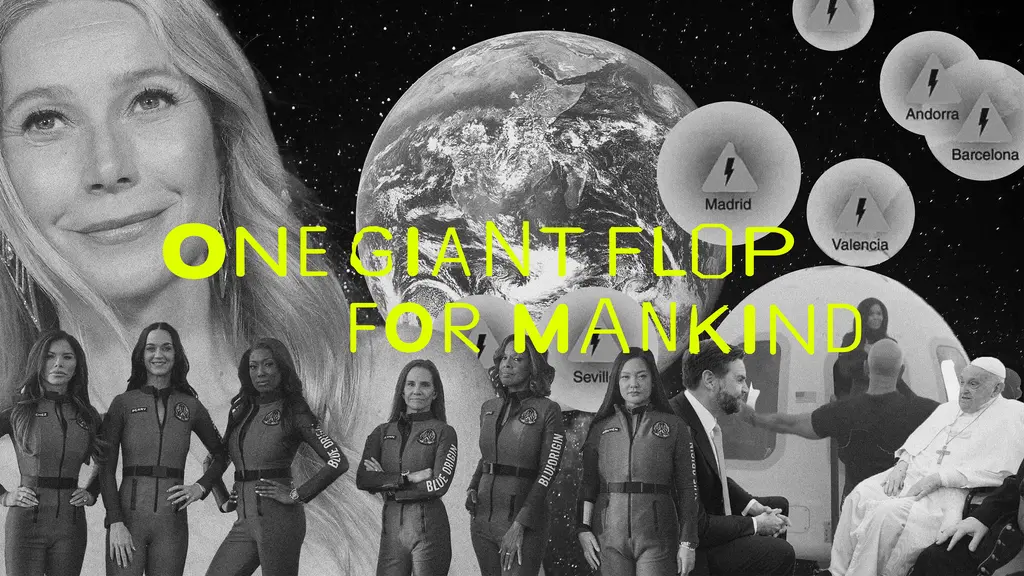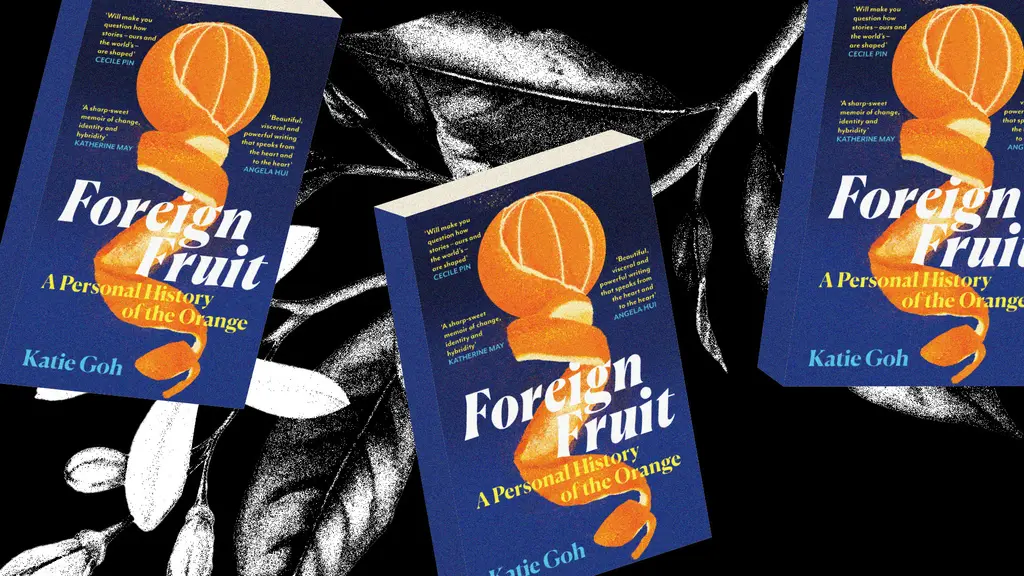Ari Marcopoulos
- Text by Shelley Jones
- Photography by Ari Marcopoulos

Most photographers only dream of capturing the kind of intimacy that Dutch lensman Ari Marcopoulos achieves in every, seemingly absent-minded, shot. Whether it’s a portrait of Jean-Michel Basquiat in the bathtub, or a snapshot of his son Ethan – arms spread like wings and ribs puffed out like a robin – Ari’s images are unflinchingly naked. But, he insists, when the film is hung up to dry, no-one is left more exposed than the man behind the lens.
“It reflects how I look at life more than other people,” admits Ari. “People say, ‘Oh yeah, Ari’s a fly on the wall,’ but I’m a pretty loud fly. I’m animated and I talk. I think a lot of my photos have a natural feeling because people are just doing their own thing and I’m taking pictures. Taking pictures is like texting to me.”
Ari does not like to overthink things. He didn’t give it a second thought when, as a naive twenty-two-year-old in 1979, he left his parochial Holland for the cultural cesspit of downtown New York. Even though, he recalls, it was Holland that first inspired him. “Every window is kind of like a photograph there because people don’t shut their curtains, so you can see right inside their houses,” he recalls. “I think that’s where my interest came from.”
Ari may be best described as a documentarian. His photos of the punk, graffiti and hip hop scenes in New York in the eighties effortlessly capture the spirit of the time from within. A remarkable feat when you consider he was a transatlantic nobody; an outsider, who arrived in the vertiginous city without a single friend. “I was just hanging around downtown, you know – some people became friends and others became acquaintances. It was pretty natural.”
Ari fell in with the downtown scene after he lucked out with a job printing Andy Warhol’s black and white photos. He met many of his subjects through these contacts or, in the case of artist Richard Serra, the phonebook, never hesitating to throw himself, camera first, into unknown territory. After Burton saw a folio of his photographs in a 1995 issue of Transworld Skateboarding, documenting the Brooklyn Banks scene later immortalised in Harmony Korine’s Kids, they contacted him and, thanks to a few white lies on Ari’s part, flew him to the Alps to shoot their new snowboarding catalogue. But Ari did not leave his unique vision behind. “I didn’t approach it as a sport, I approached it as a lifestyle,” he says. “That’s what I liked about snowboarding – a bunch of kids travelling around the world in their own community. They were just living their own life without their parents around – a community of people living and working together and seeing each other in different places. And then, of course, being in the mountains was beautiful. It gave me a whole new sense of nature and terrain.”
Now, having turned his lens inwards to photograph his wife and sons at home in California, after relocating once again in the noughties, Ari’s odyssey of self-expression is nicely tied up. But despite some prestigious tributes, including a recent mid-career survey at the Berkeley Art Museum and an upcoming place in the 2010 Whitney Biennial, he is not ready to stop creating any time soon. “I’m going to keep working, keep progressing, keep making ’zines,” says Ari of his future plans. His is a creative philosophy, summed up best in his advice to other artists: “Just do your own thing. Follow your heart. It’s not always easy to figure out what you want, but that’s kind of what you have to do… Don’t try to emulate what’s around you. Trust your own uniqueness and your own voice because that’s what’s most interesting about anybody. If somebody is imitating another artist or another photographer then it’s just going to look like that. Everybody has an individual voice, and it’s worth listening to. If you’re just boring with nothing to say, then I would say get out of art.”
You might like

Remembering New York’s ’90s gay scene via its vibrant nightclub flyers
Getting In — After coming out in his 20s, David Kennerley became a fixture on the city’s queer scene, while pocketing invites that he picked up along the way. His latest book dives into his rich archive.
Written by: Miss Rosen

On Alexander Skarsgård’s trousers, The Rehearsal, and the importance of weirdos
Freaks and Finances — In the May edition of our monthly culture newsletter, columnist Emma Garland reflects on the Swedish actor’s Cannes look, Nathan Fielder’s wild ambition, and Jafaican.
Written by: Emma Garland

Why Katy Perry’s space flight was one giant flop for mankind
Galactic girlbossing — In a widely-panned, 11-minute trip to the edge of the earth’s atmosphere, the ‘Women’s World’ singer joined an all-female space crew in an expensive vanity advert for Jeff Bezos’ Blue Origin. Newsletter columnist Emma Garland explains its apocalypse indicating signs.
Written by: Emma Garland

Katie Goh: “I want people to engage with the politics of oranges”
Foreign Fruit — In her new book, the Edinburgh-based writer traces her personal history through the citrus fruit’s global spread, from a village in China to Californian groves. Angela Hui caught up with her to find out more.
Written by: Angela Hui

Meet the hair-raised radicals of Berlin’s noise punk scene
Powertool — In his new zine, George Nebieridze captures moments of loud rage and quiet intimacy of the German capital’s bands, while exploring the intersections between music, community and anti-establishment politics.
Written by: Miss Rosen

We are all Mia Khalifa
How humour, therapy and community help Huck's latest cover star control her narrative.
Written by: Alya Mooro